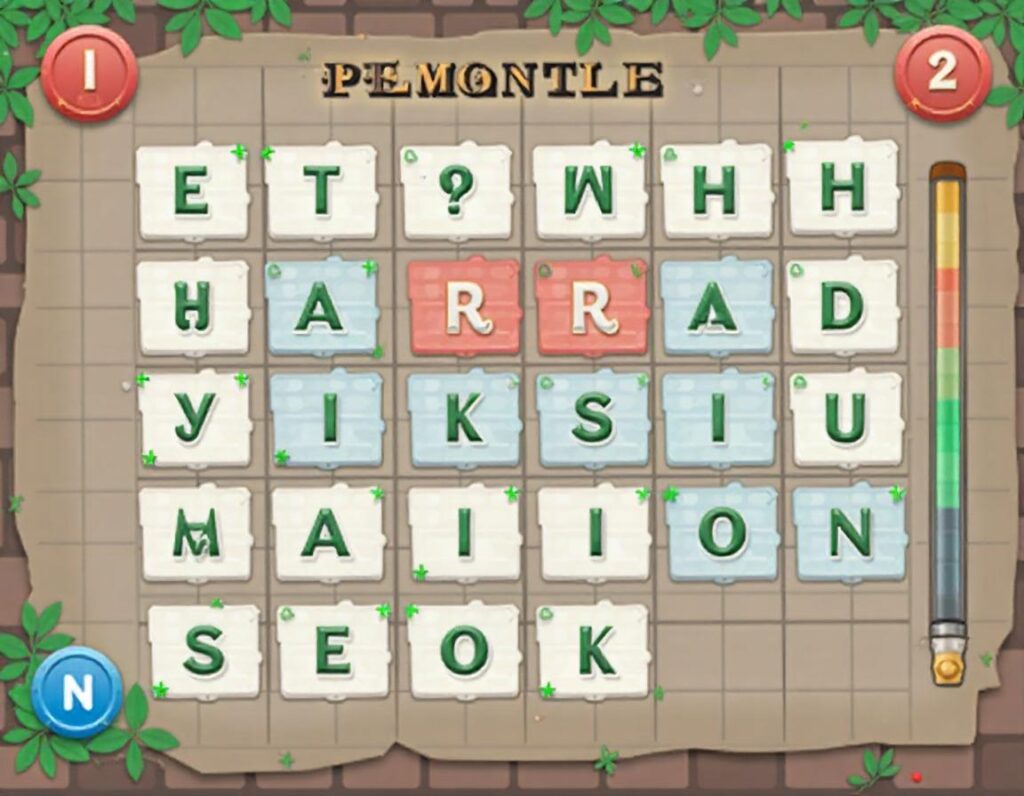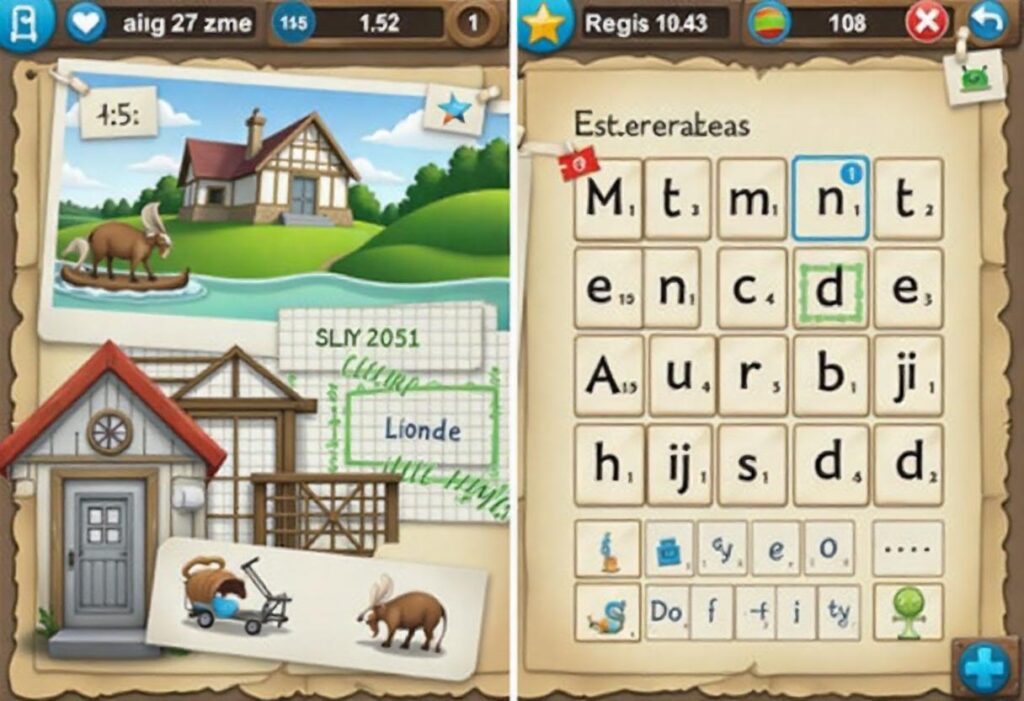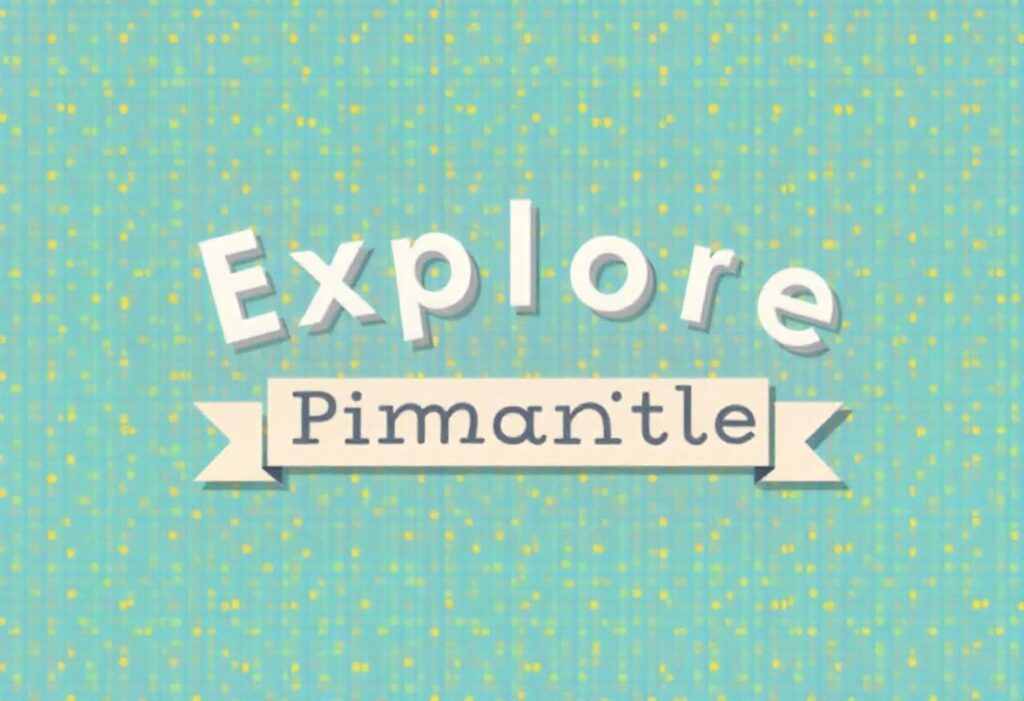If you are a puzzle fan, word game enthusiast, and someone who loves a challenge that will make you think, then Pimantle might be the next game you need to try. It’s a unique twist on the classic word-guessing games and brings something fresh to the table. Unlike any other word game, Pimantle is exciting with its visual feedback system, and this is both fun and educational. Time to dig deep into what makes this game special and how it works.
What Is Pimantle?
Pimantle is a word-guessing game that is simple but not exactly ordinary in how you play it. Much like Semantle games, the distinguishing feature of Pimantle is its visual feedback system. Unlike other word-guessing games that give numerical similarity scores, Pimantle provides a 2D graph that visually shows how close your guesses are to the target word. This makes the whole process much more intuitive and enjoyable, providing players with a unique way of exploring semantic relationships.
How Does Pimantle Work?
At its core, Pimantle is simply a word-guessing game. With each guess you make, you get some visual information that helps you adjust your next guess. Here’s how it works:
1. Guess
Start by putting in a word as your guess. It could be anything for all you care, but the idea here is just to get close to the hidden word.
2. Feedback
Unlike the word-guessing game, you’d just receive a piece of simple numerical feedback or maybe even a yes/no answer. But in Pimantle, it plots your guess on a 2D graph in relation to the target word and all your previous guesses.
3. Familiarize yourself with Visual Clues
The closer your guess is to the target word, the closer it will appear on the graph. Words with similar meanings will naturally cluster together, offering you an insight into how the words are connected semantically. If your guess is far off, you’ll see it placed further away from the hidden word. This makes it easier to fine-tune your future guesses.
4. Narrow Down Possibilities
As you keep guessing, the graph gives you a visualization of how your guesses are related. That makes it strategic enough to make the next guess because of how far or close your earlier guesses were to the solution. It almost feels like an exploratory game that brings you closer to solving the puzzle.

What’s the difference between Pimantle and Semantle
If you know Semantle, you will notice two important differences when switching to Pimantle. The important difference is the feedback:
The type of feedback is different: Visual feedback vs. Numeric feedback
In Semantle, you’ll get a score with each guess of how close your guess is to the target word, but you won’t get any kind of visual representation of those relationships. But with Pimantle, you’ll get a graph that will visually map your guesses onto the target word, so it’s much easier this way to see semantic connections between words.
Word List Challenges
Another difference is in the word list. Some players have pointed out that Pimantle uses a more extensive and, therefore, possibly more challenging word list than Semantle, which can add another layer of complexity. While both games are hard, Pimantle tends to push your thinking even further, requiring a deeper understanding of word meanings and their relationships.
More Intuitive Gameplay
The pictorial graph in Pimantle makes the game more intuitive. Instead of working out abstract numerical data, you get to “see” how words relate to one another. This is a refreshing approach to word-guessing games and adds an entirely new dimension of fun.
Why play Pimantle?
Fun and engaging experience
The most attractive feature of Pimantle is its fun factor. It’s easy to get started but challenging to master. Every guess is a new discovery, and visual feedback helps to guide you in your progress. It is that game that will keep you on your toes, providing excitement and challenge in every round.
A Mental Workout
If you are addicted to puzzles, Pimantle will provide you with a mental workout as it sharpens your vocabulary, improves your understanding of semantics, and strengthens rational thinking. The more you play, you’ll find there are very intricate patterns that unfold and make good links between words, thereby improving one’s language totally.
Perfect for any lover of words
This is an absolute treasure chest for those word lovers. The crossword, Scrabble, or just any word game lover will be extremely comfortable in their own Pimantle home. It would be a highly good addition to any collection if something brings to them an entirely new aspect of the language.
Visual and Educational Value
The graph-based feedback is not only fun but also educational. You get to see how words relate to each other on the graph, which can give you a deeper understanding of language. It’s a way to enhance your vocabulary and to see connections between words that you would otherwise not notice.

Strategies to Succeed in Pimantle
While Pimantle is effectively a search game, there are some useful strategies to play this game much easier and increase the chances of winning.
1. Broad Start, Narrow Follow
At the beginning of a game, use very crude guesses to get some feel for which way the target word is oriented on the graph. Later, when you have a better idea of where it might be, you can start narrowing those guesses.
2. Observe the Graph Closely
The graph will give you a sense of how the words are connected. You must keep observing how your guesses fit the scheme, especially at every stage. It is very important because refining guesses helps furnish much-needed clues as well.
3. Consider Synonyms and Related Terms
Remember, Pimantle is a semantic relationship understanding task. If you have a word that’s totally off the ball, consider the synonyms or near-related words that could get you closer to the answer word.
4. Try out a variety of categories
However, you may be more likely to have a solution in a shorter period if you try two or more categories for words like emotion, color, object, etc. Look up multiple words to see where they fall on the graph.
Also Read : Wutawhelp Guides for Homes by Whatutalkingboutwillis: A Comprehensive Review
Final thoughts on Pimantle
Conclusion Thus, Pimantle is a refreshing and innovative word-guessing game. Based on its visual feedback system and deeper focus on semantic relationships, it is way more engaging and educational than traditional word games. To be a seasoned word-game player or just starting out, Pimantle promises hours of fun, mental stimulation, and language exploration.
Okay. Why not give it a go? Try guessing words and find out how soon you can unveil the mystery word using Pimantle’s visual clues.

